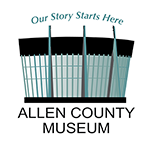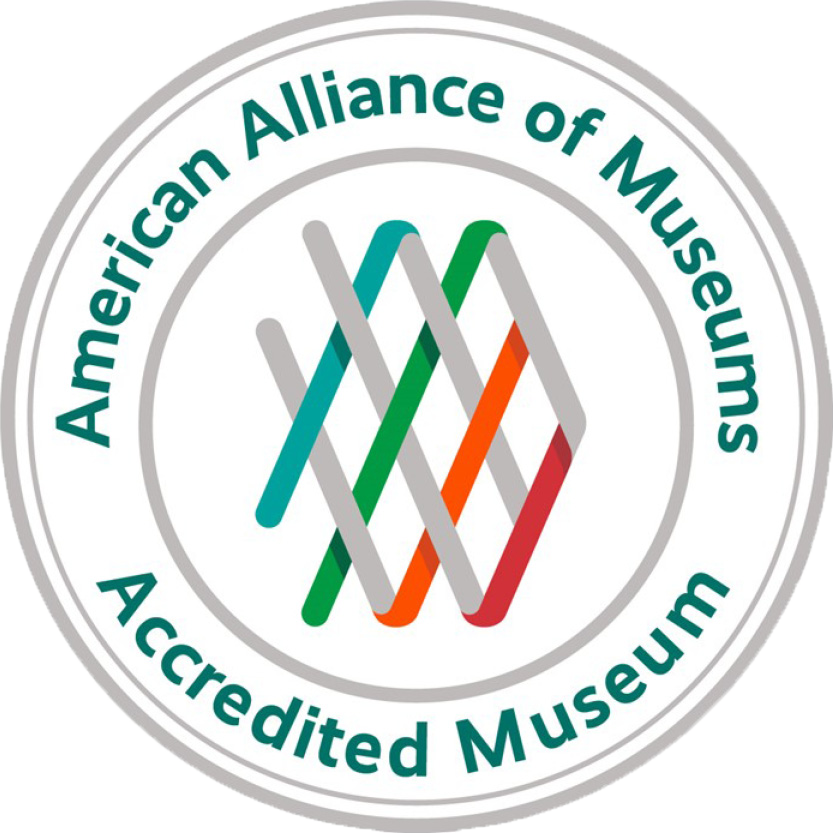COLLECTIONS
COLLECTIONS
The Allen County Historical Society was established as a community organization in 1908, dedicated to the collecting and preserving of historical artifacts and documentary items for the education and benefit of the public.
Artifacts in the Allen County Historical Society’s permanent collections include a broad range of objects and documents, primarily, but not exclusively, related to the history of Allen County, Ohio. The object and documentary collections currently consist of over 280,000 items, including but not limited to, tools and equipment, textiles and costumes, personal and recreational artifacts, transportation artifacts, and art objects. The document collections contain manuscripts, books, manuals, periodicals, pamphlets, maps and plans, prints, negatives, photographs and slides, audio and video tapes, and microfilm. The objects and documents in the collections range in date from pre-historic to the present, but are predominantly from the nineteenth and twentieth centuries.
The Allen County Historical Society houses three types of collections: permanent, reference, and education. These are some of the highlights.

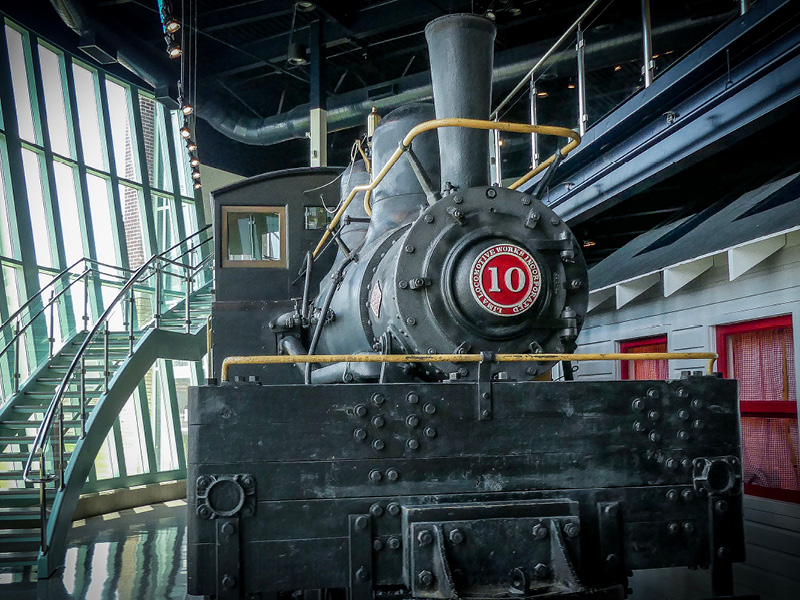
Shay Locomotive
The Shay Locomotive was built in 1925 by the Lima Locomotive Works. The 24 ton, two truck locomotive was used by the Lima Stone Company and donated to the Historical Society in the early 1950s. It was one of 2,761 Shay engines manufactured by the Lima Locomotive Works.
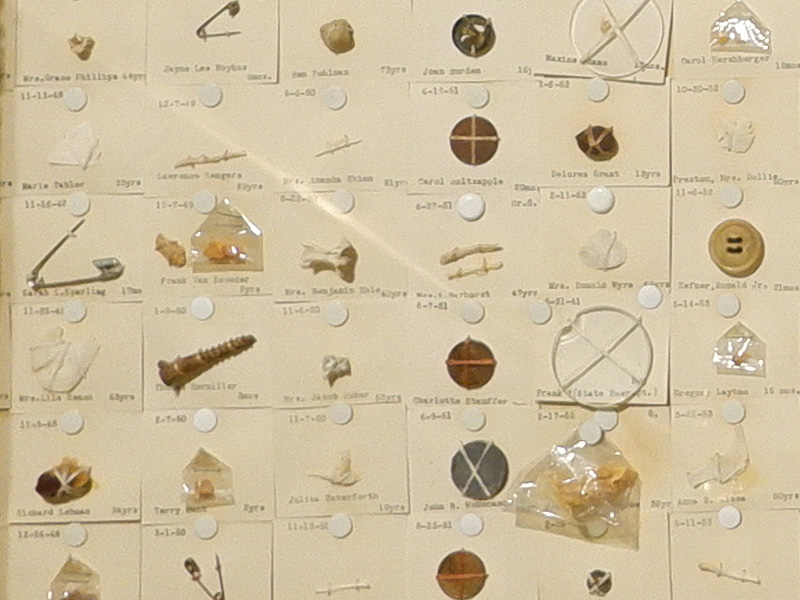
Things Swallowed
One of our oddest exhibits is a collection of over one hundred objects that Dr. Walter Yingling and Dr. Estey Yingling’s patients swallowed. These include such unusual items as a diaper pin, a lengthy piece of rubber hose, and a set of dentures!
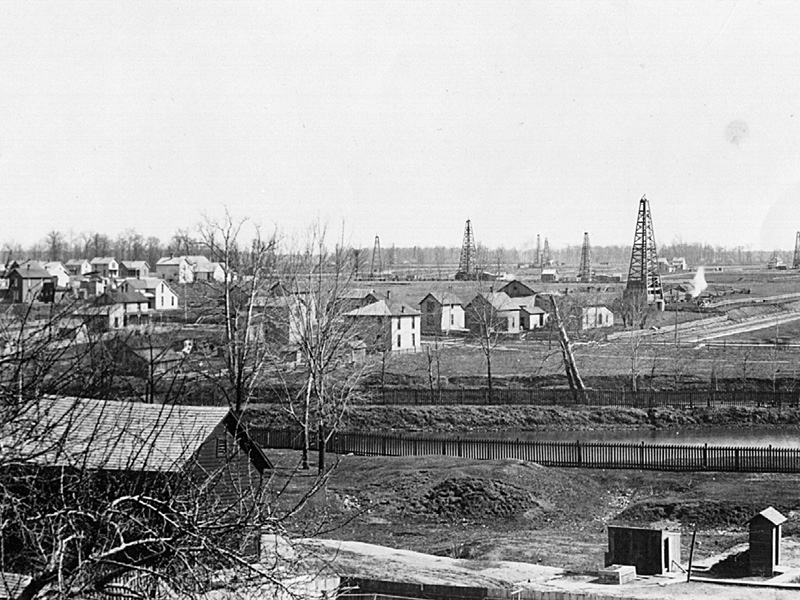
World’s Largest Oil Field
Capturing a glimpse of one of Allen County’s largest industries, this photo highlights our extensive collection relating to the local oil industry. Enjoy displays of tools, models, photos, and company artifacts, products, and documents.
In 1885, Benjamin Faurot accidentally hit oil while drilling for gas and water next to his Lima Paper Mill along the Ottawa River. This event set into motion a flurry of wildcatting and speculation, unparalleled by any other discovery. For the next fifteen years, the Lima Oil Field, which covered most of northwest Ohio, and parts of Indiana, was the largest oil field in the world.
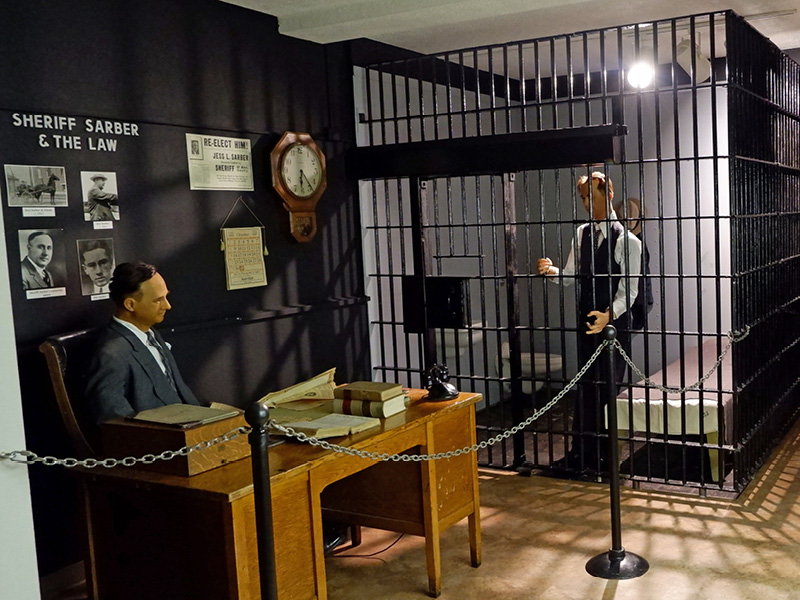
Sarber/Dillinger Exhibit
On December 12, 1933, gangster John Dillinger’s gang broke him out of the Allen County Jail where he was serving time for robbing Citizens National Bank in Bluffton. Sheriff Jess Sarber was killed during the shootout. This exhibit pays tribute to Sheriff Sarber and shows his office and the jail minutes before the escape.

Pioneer Home Exhibit
As the center of activity in the pioneer home, this display showcases some of the characteristics of 19th-century living.
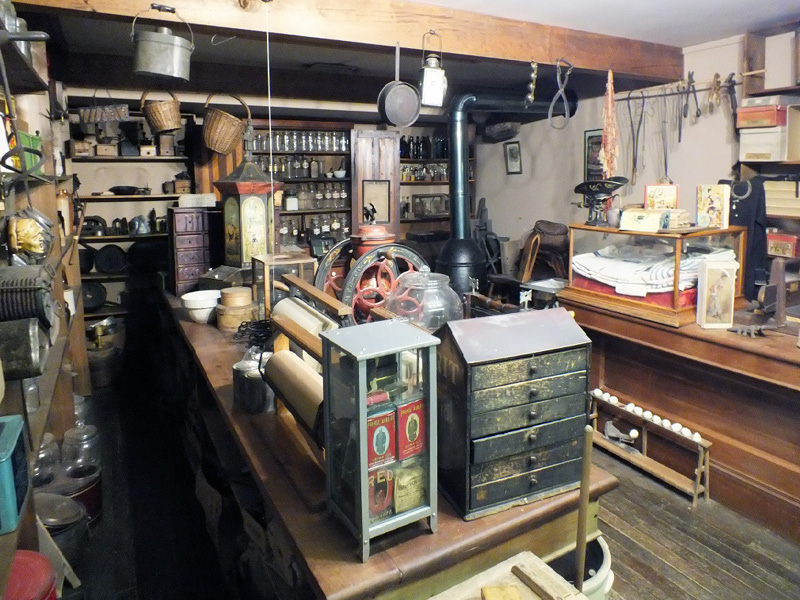
General Store
The General Store exhibit is one of the Museum’s most popular collections on display. Built in 1860, the storefront is from the grocery of John G. Knoble of Lafayette. Inside it, one can find all sorts of things a general store would have sold at the time.
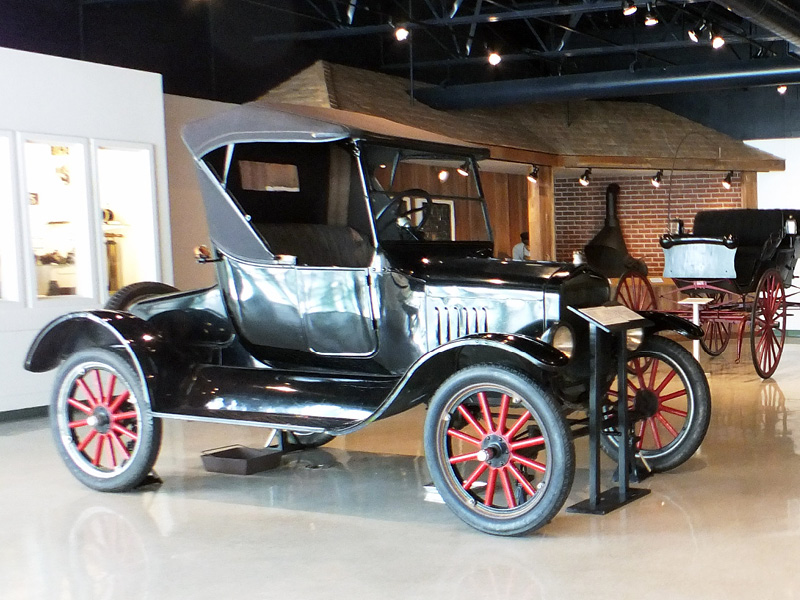
Model T Roadster
The Model T is arguably the most historically significant automobile manufactured in the United States. It was introduced in 1908 as a four-cylinder vehicle & cost under $1,000 at a time when most autos were several thousand dollars. This is because the Model T was one of the first mass-produced automobiles done in an assembling line. The it transformed motoring, as it no longer was considered a wealthy hobby & instead became the common man’s necessity.
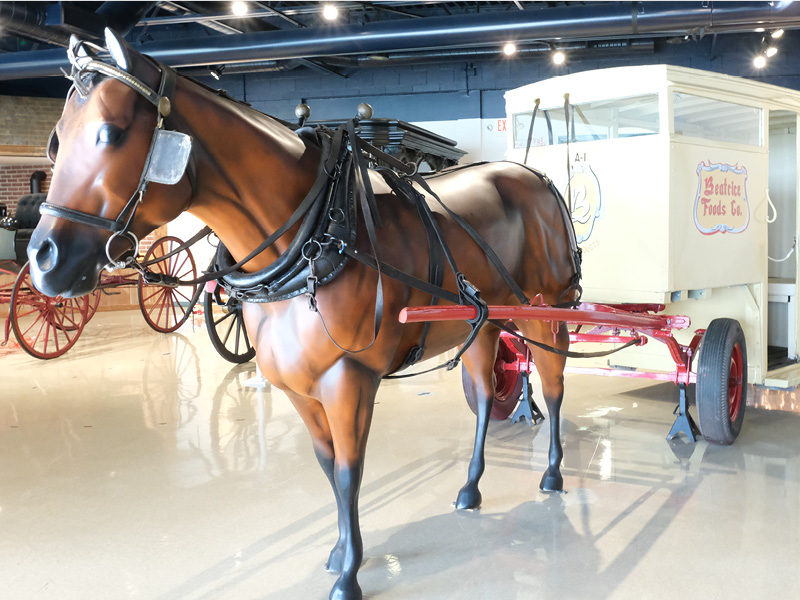
Horse-Drawn Wagon
This restored milk wagon dates back to the 1920s. Up until about 1960, horse-drawn milk wagons delivered bottled milk to the doorsteps of customers. The milk was kept cold with blocks of ice. White Mountain Creamery established a dairy business in Lima in 1912. Beatrice Foods bought the dairy business in 1928, and their brand name milk, Meadow Gold, was adopted.

Conestoga Wagon
The wagon marked an era in American Transportation comparatively as important as the locomotive. Wagons were first made in the Conestoga Valley of Lancaster County, Pennsylvania about 1750 & were used for the next hundred years. This covered wagon example brought the McCullough family to Allen County in 1835.
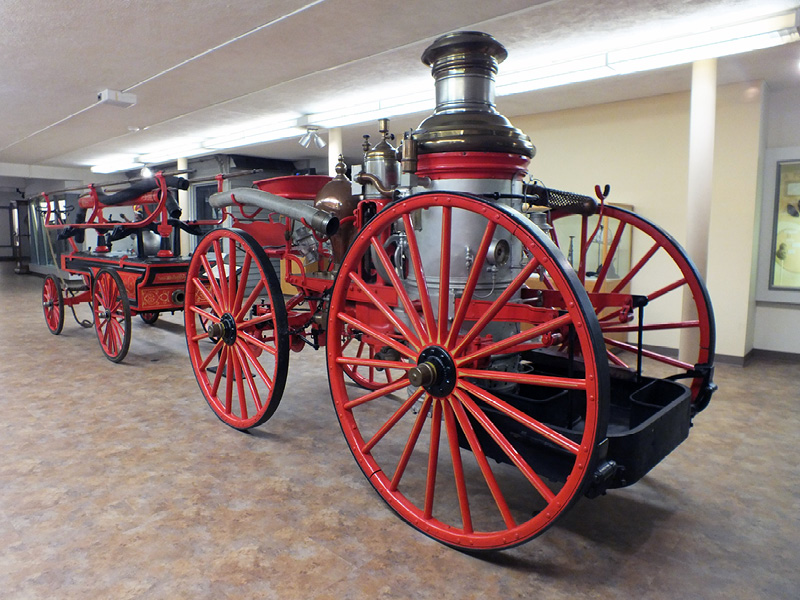
Firefighter Engine
and Pumper
The Steam Fire Engine and Hand Pumper are highlights of our permanent collection.
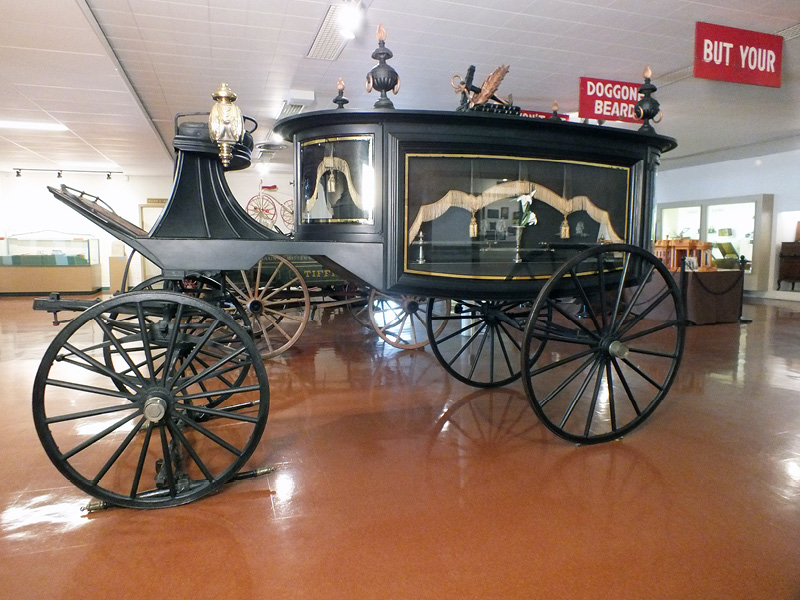
Hearse
This horse-drawn hearse was purchased in 1902 by William L. Winkler of Janera. It last was used in 1913. By 1942 it was sold to Bert Hefner, who eventually donated it to the museum.

Sargent Portrait of Calvin Brice
The Allen County Museum is proud to be home to two important paintings: John Singer Sargent’s portrait of Senator Calvin Brice and the portrait of Brice’s family by Carolus-Duran. The second painting was graciously donated to the Allen County Museum by the Western College Alumnae Association in 2022. The entire project, including renovation to the stairwell, installation of the paintings, and conservation work has been made possible with support from the Ohio Humanities, Nutrien, and from an anonymous donor.
